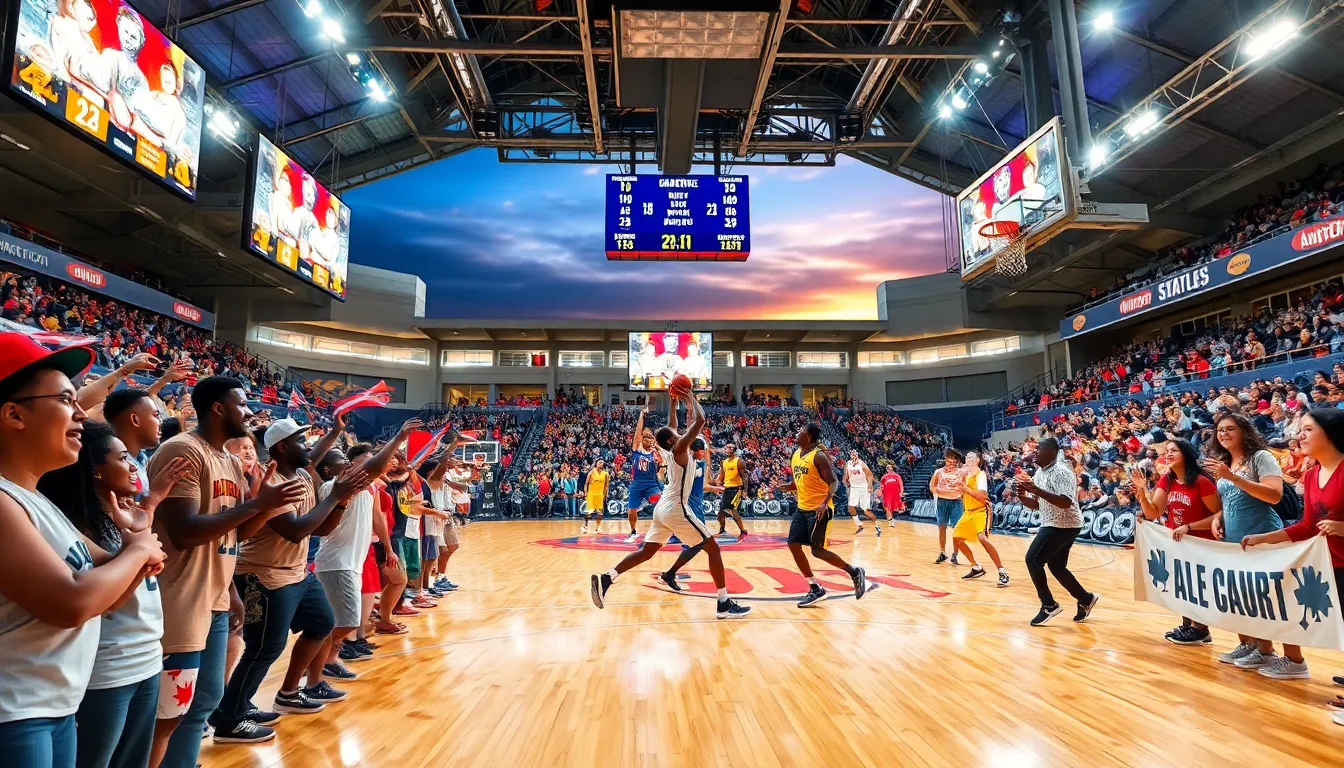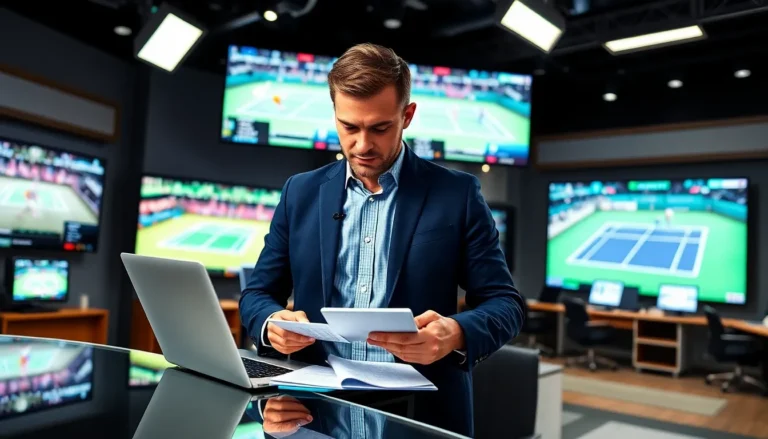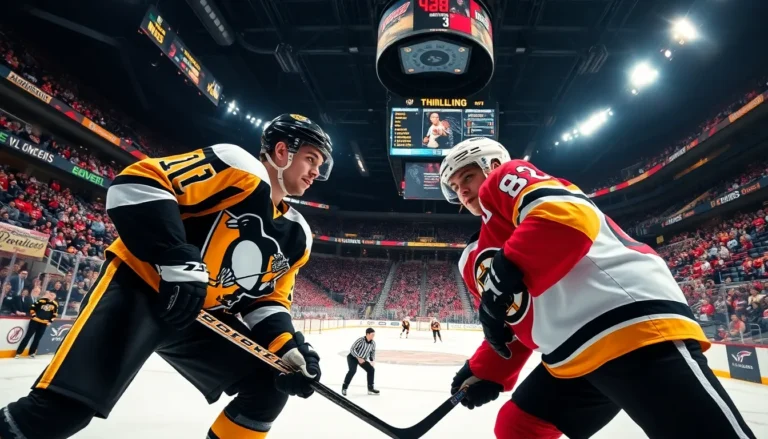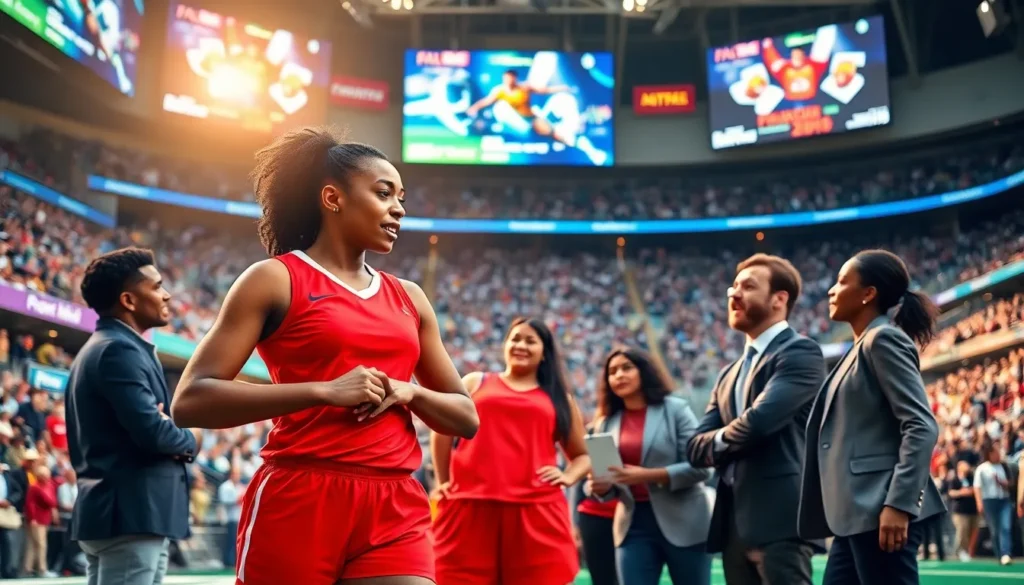Table of Contents
ToggleIn the fast-paced world of sports, competitive dynamics are evolving at a remarkable rate. With the emergence of new technologies and fluctuating market conditions, the latest buzz is centered around a significant development involving rate competitions and the concept of a plateau deal. This exciting shift warrants a thorough examination of its implications and future implications for stakeholders across the sports industry. As organizations adapt to these changes, athletes, fans, and event organizers alike must navigate a landscape marked by innovation and competition.
Overview of the Latest Sports Buzz

The sports industry has always thrived on competition, but recent developments have introduced a wave of transformations that are reshaping its landscape. As organizations scramble to adapt, the conversation around rate competitions has come to the forefront. Rate competitions involve the pricing strategies employed by sports organizations, leagues, and broadcasters to maximize revenue and audience engagement. The latest buzz indicates that these competitions are reaching a plateau, leading to what has been termed a ‘plateau deal’. This term refers to the point at which the competitive rates organizations charge stabilize, prompting industry stakeholders to rethink their approach to marketing and engagement strategies, establishing a new phase of competition that balances revenue and audience satisfaction.
Understanding Rate Competitions
Rate competitions are integral to the sporting world, influencing how leagues, teams, and broadcasters negotiate contracts and promote events. These competitions revolve around the pricing of broadcasting rights, sponsorship deals, and ticket sales, with organizations striving to outbid each other for favorable arrangements.
Often, these competitions take the form of auctions where multiple bidders compete, each aiming to secure the best deal possible. But, as more stakeholders enter the fray, the process can lead to inflated prices and unsustainable business practices. Recent patterns suggest that this trajectory is giving way to a plateau where prices stabilize. In this context, organizations are being compelled to reassess their tactics, focusing more on sustainable practices that benefit both the audience and the bottom line.
The Concept of a Plateau in Sports Competitions
A plateau in sports competitions refers to a stage where certain metrics, such as ticket prices and broadcasting rights, cease to increase significantly over time. This phenomenon can arise from market saturation, audience fatigue, or economic constraints. As such, leagues and teams may find themselves struggling to innovate while maintaining profitability.
Impact of the Plateau Deal on Competitions
The plateau deal signifies a shift in how competitions are structured. Rather than continually escalating prices, organizations are exploring innovative ways to enhance the spectator experience without incurring excessive costs. This could involve improved fan engagement methods, enhanced digital platforms, or creative sponsorship arrangements that add value without driving up prices. It is a pivot toward sustainability in the industry.
Stakeholder Reactions and Perspectives
Reactions from various stakeholders about the plateau deal are varied. Investors and team owners may express concern about profit levels, while broadcasters recognize the importance of maintaining viewership in an increasingly competitive market. Fans might welcome the prospect of lower ticket prices and enhanced engagement opportunities. This diversity of opinion highlights the complexity of the sports ecosystem, where each group has differing priorities and visions for the future.
Future Trends in Sports Competition Structures
As the sports industry moves forward, several trends are emerging in response to the plateau deal. One key trend is the rise of digital engagement strategies. Organizations are increasingly leveraging social media and online platforms to create interactive experiences that capture fan interest without the need for exorbitant pricing models.
Also, data analytics are playing a crucial role in shaping these strategies. By analyzing fan behavior and preferences, organizations can tailor their offerings, ensuring they remain competitive in an evolving market. This focus on personalization is expected to define the next phase of sports competitions.
Also, alternative revenue streams, such as merchandise, loyalty programs, and premium fan experiences, are being explored more thoroughly. This shift aims to reduce reliance on traditional revenue models that are currently stagnating or plateauing. Organizations are encouraged to innovate in how they engage with fans, ensuring a sustainable future.
Conclusion
The latest sports buzz surrounding the rate competitions plateau deal represents a crucial turning point in the industry. As organizations come to grips with this evolving landscape, they are compelled to rethink their strategies for pricing and engagement. The concept of a plateau brings both challenges and opportunities, pushing stakeholders to innovate in ways that enhance the spectator experience while ensuring sustainability. By embracing digital engagement, leveraging data analytics, and exploring alternative revenue streams, the sports industry can navigate these changes effectively, paving the way for a vibrant future that prioritizes both profitability and fan satisfaction.







